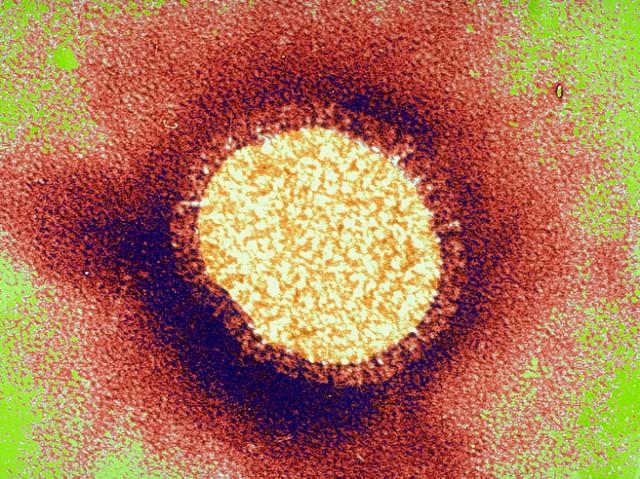The US Centers for Disease Control and Prevention (CDC) said national levels of influenza-like illness (ILI) are on the rise, signaling the start of the 2018-19 flu season.
For the previous 3 weeks, ILI rates had been near or at the national baseline, which is 2.2% at this time of year. This week, the rate jumped to 2.7%. During last year's severe flu season, ILI rates reached 7.5% before flu activity peaked, the highest it has been since the 2009-10 flu pandemic.
The percent of specimens testing positive for flu at clinical laboratories reached 11.0% during week ending on Dec 15, up from 6.5% the week before. Of those specimens, 94.6% were influenza A, and 5.4% were influenza B. Of subtyped influenza A samples last week, 81.9% were H1N1, and 18.1% were H3N2.
Eight of 10 regions reported ILI at or above their region-specific baseline level, the CDC said. Colorado and Georgia noted high ILI activity. New York City and nine states (Alabama, Arizona, Arkansas, Kentucky, Louisiana, Missouri, New Jersey, South Carolina, and Virginia) experienced moderate ILI activity.
H1N1 strain predominant
Last year's severe flu season was marked by transmission of influenza A H3N2 more than any other strain. This year, the H1N1 strain that first emerged in 2009 is causing most illnesses.
"It's too soon to make any assessment about this season's severity, however since this H1N1 virus emerged in 2009, it has been associated with significant illness and severe illness among young children," the CDC said. "At this point, most flu activity has been driven by illness in school-aged children, and hospitalization rates among children younger than 5 years old (7.7 per 100,000) are now the highest among all age groups."
To compare, in 2013-14 and 2015-16 (the two previous H1N1-dominant seasons) the hospitalization rates among children younger than 5 years old for the same week were 7.2 per 100,000 and 1.8 per 100,000, respectively.
This week the CDC also recorded the seventh pediatric flu death of the season; the patient had an influenza A virus that was not subtyped. Last year the pediatric death toll rose to 185, the highest in recent years.
Not too late for vaccination
The CDC said there's still time for all unvaccinated persons over the age of 6 months to get the seasonal flu vaccine.
"With significant flu still to come this season, CDC continues to recommend that anyone who has not yet gotten a flu vaccine this season should get vaccinated now. It takes approximately two weeks for the protection provided by vaccination to begin," the CDC said.
See also:
Dec 21 CDC press release
Dec 21 CDC FluView





















